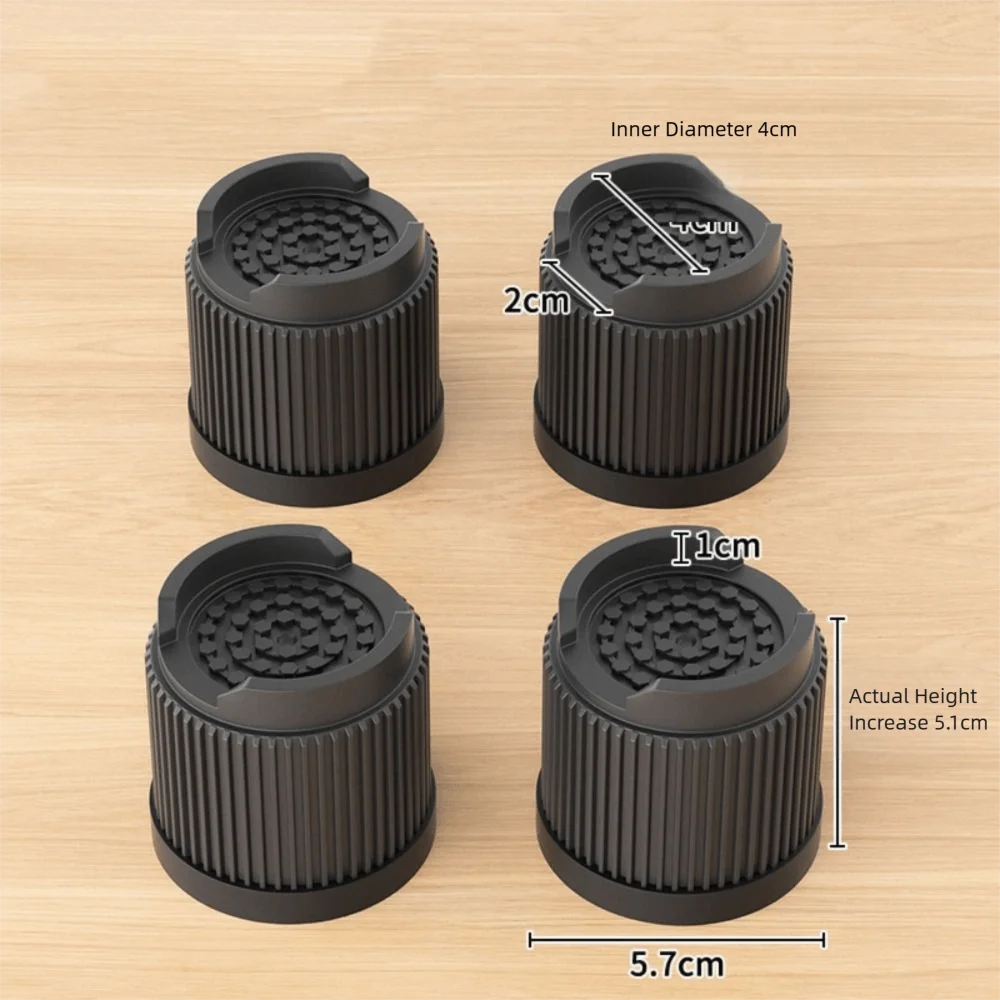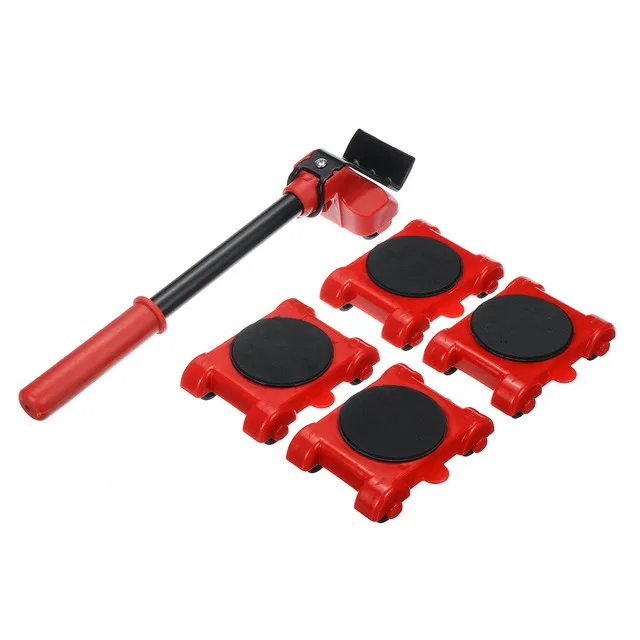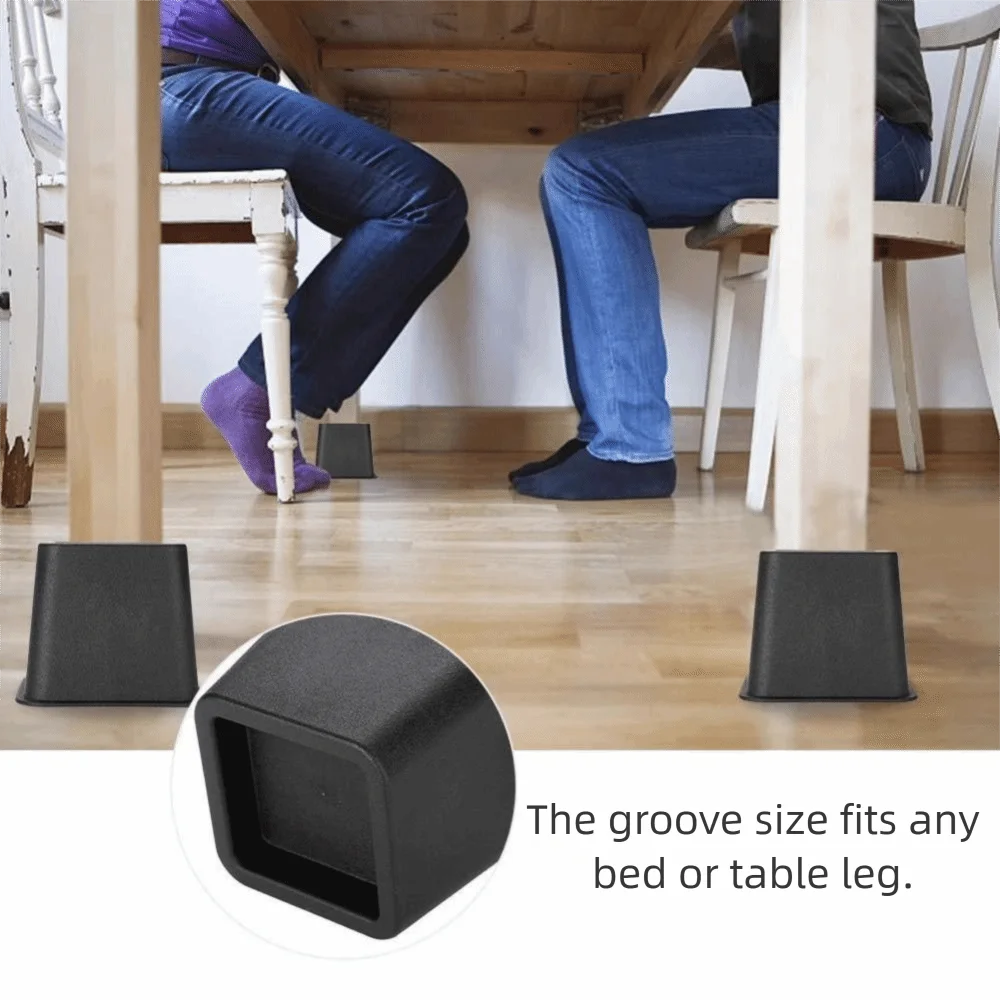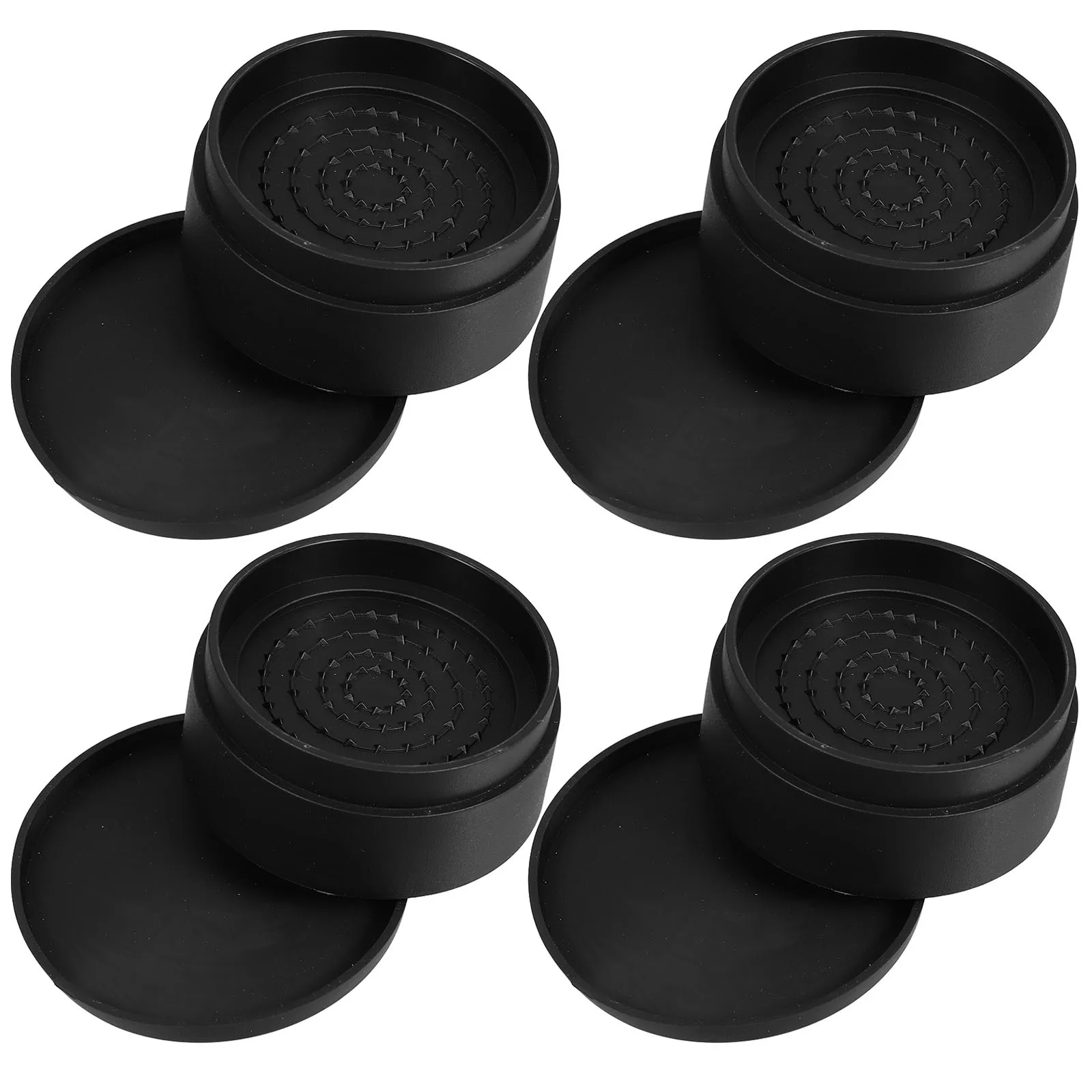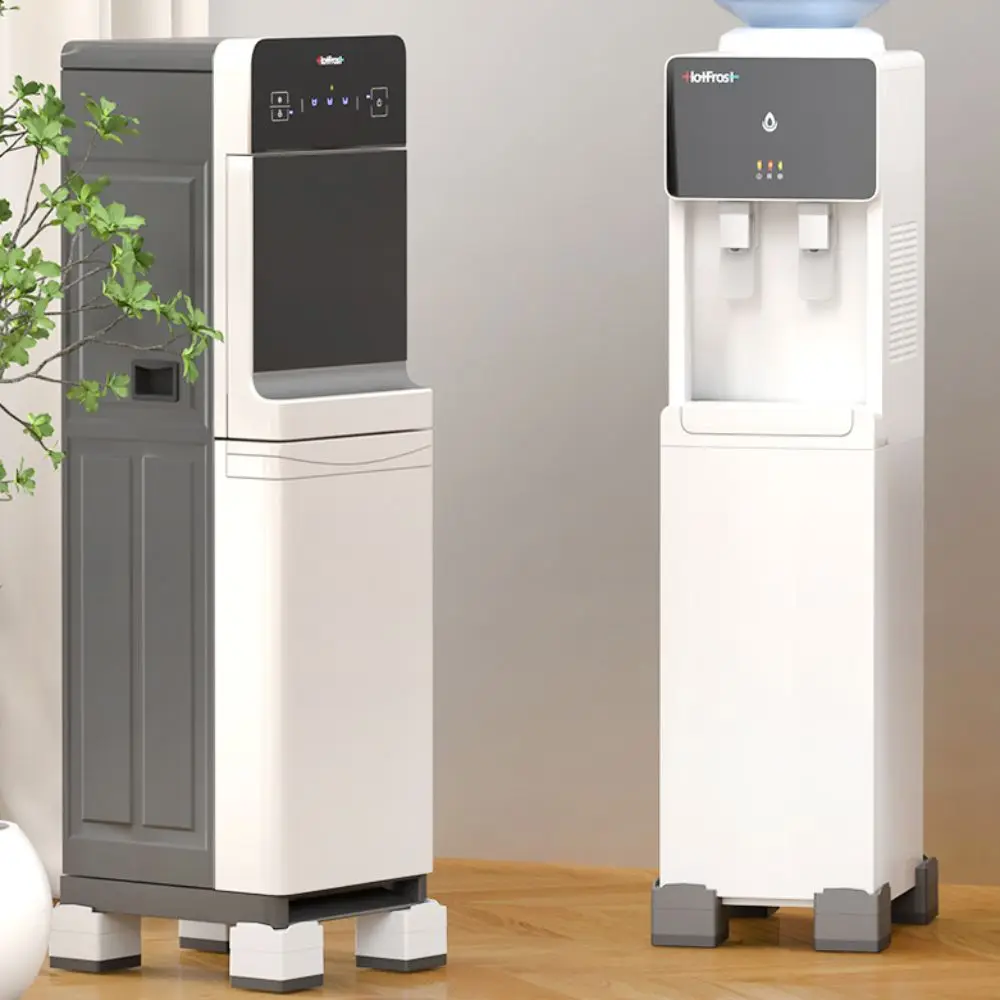V-MARK желтый цвет Алмазный Материал PMMA светоотражающая лента SASO 2913 для грузовика
- Категории: Reflective Material >>>
- Поставщик: Nanning,V-Can,Business,Co.,Ltd.
Поделиться:
Описание и отзывы
Характеристики

Product Description
V-MARK™ Reflective Material – Vehicle Conspicuity Markings #DB-SASO-2913 consists of microprismtic lenses that are intergrated in a transparent, smooth surface, tough and weather-resistant synthetic resin, and backed with a pressure sensitive adhesive and paper liner. If they are applied to properly prepared surfaces, Vehicle Conspicuity Markings should provide a long time of field performance.
DB-SASO-2913 can be used on truck, trailers, fleet, oil tanker, farm equipment, automobiles and all types of mobile and industrial equipment.
DB-SASO-2913 are made strictly according to ASO-2913, EU ECE 104 and similar standards.

Product Code
DB-SASO-2913
DB
Diamond Bright Grade
SASO-2913
SASO 2319 marking retro reflective tape
Color
white, red, yellow
Product Overview
Material
PMMA
Durability
10+ Years
Color
yellow
Reflective Technology
Microprism Technology
400+ cd/lumix/sqm
Super intensity reflective brightness. 1.5+ times of the retro-reflective values required by standards.
SASO-2913
Completely conforms to Saudi Arabia Department of Transportation SASO-2913 and similar standards.
Size
5cm*25m/roll, or 5cm*50m/roll or customized size
Application
Truck, trailer, oil tanker, pick-up, farm equipment, industrial equipment and other vehicles
OEM Service
Logo imprinting, Kiss-cutting, Die-cutting, perforating, OEM packaging are acceptable.


Application and Installation Instructions
Tools Required
* Clean cloths
* Craft knife
* Squeegee covered with a clean cloth to avoid scratching the material
* Old vehicles only: Abrasive pad
* Solvent Cleaner: Isopropyl alcohol (IPA)
* Craft knife
* Squeegee covered with a clean cloth to avoid scratching the material
* Old vehicles only: Abrasive pad
* Solvent Cleaner: Isopropyl alcohol (IPA)
V-MARK™ Reflective Material – Vehicle Conspicuity Markings can be applied to new and used trucks and trailers with painted rigid sides, as well as unpainted surfaces e.g.stainless steel
Application temperature
* To ensure proper adhesion between the tape and the cleaned substrate, bonding materials must be applied when both the substrate and tape temperature is between 15° C and 38° C. The temperature needs to be consistent for at least one hour after
application.
* It is recommended that vehicle conspicuity markings are stored at temperatures between 18° C and 28° C.
Where to apply
* Use the guidelines provided in Regulations (such as: ECE 104, DOT FMVSS 108) to ensure that the markings (tapes) are in
general positioned correctly on the vehicle.
* The user is responsible for determining whether the V-MARK™ product is fit for a particular purpose and suitable for the user’s
application.
* Users are urged to carefully evaluate substrates for material adhesion and compatibility.
Listed below are guidelines for selected substrates. Material failures caused by the substrate or improper surface preparations
are not the responsibility of manufacturer or its distributors.
Two-part polyurethane paints
* Two-part polyurethane paints must be cured before applying V-MARK™ markings (tape). If the paint is not properly cured,
outgassing will cause bubbles to form under the applied material and the adhesive will not adhere adequately.
* V-MARK™ recommends testing for outgassing prior to applying vehicle conspicuity markings (tape).
* For drying times, paint manufacturers’ guidelines are to be followed in all instances. While most paints are usually touch-dry
within a few hours, dependent upon the primer, paint mixture and thickness, proper curing may make significantly longer, up to
one week.
GRP (Glass Reinforced Plastics) and/or gelcoated surfaces
* Similar guidelines to the above will apply for composite materials such as GRP substrates and/or gelcoated surfaces, in that
the substrate must be properly and fully cured before applying, otherwise outgassing may result.
Outgassing Plastics
* Polycarbonates, Polyprenes and other plastics can interact with the environment absorbing or outgassing moisture, or outgassing processing aids and solvent carriers for additives, which might cause the formation of bubbles on the film. Preliminary tests are essential to ensure that no adverse effects arise from this interaction.
Stainless Steel
* The same application guidelines and warranty as the standard product apply.
Surface cleaning
* The purpose of cleaning the substrate is to remove any dirt or contamination.
* It is very important that the surface is free of dust and grease, and ideally the surface should be smooth.
* Use a clean cloth with isopropyl alcohol to wipe the surface in one direction only to avoid spreading contamination. With a dry
clean cloth wipe away the cleaner before evaporation.
* Repeat this process until the surface is clean, i.e. when there is no visual dirt or contamination transfer onto the cloth.
Ensure the surface is dry and the isopropyl alcohol has completely evaporated before commencing application.
* To ensure proper adhesion between the tape and the cleaned substrate, bonding materials must be applied when both the substrate and tape temperature is between 15° C and 38° C. The temperature needs to be consistent for at least one hour after
application.
* It is recommended that vehicle conspicuity markings are stored at temperatures between 18° C and 28° C.
Where to apply
* Use the guidelines provided in Regulations (such as: ECE 104, DOT FMVSS 108) to ensure that the markings (tapes) are in
general positioned correctly on the vehicle.
* The user is responsible for determining whether the V-MARK™ product is fit for a particular purpose and suitable for the user’s
application.
* Users are urged to carefully evaluate substrates for material adhesion and compatibility.
Listed below are guidelines for selected substrates. Material failures caused by the substrate or improper surface preparations
are not the responsibility of manufacturer or its distributors.
Two-part polyurethane paints
* Two-part polyurethane paints must be cured before applying V-MARK™ markings (tape). If the paint is not properly cured,
outgassing will cause bubbles to form under the applied material and the adhesive will not adhere adequately.
* V-MARK™ recommends testing for outgassing prior to applying vehicle conspicuity markings (tape).
* For drying times, paint manufacturers’ guidelines are to be followed in all instances. While most paints are usually touch-dry
within a few hours, dependent upon the primer, paint mixture and thickness, proper curing may make significantly longer, up to
one week.
GRP (Glass Reinforced Plastics) and/or gelcoated surfaces
* Similar guidelines to the above will apply for composite materials such as GRP substrates and/or gelcoated surfaces, in that
the substrate must be properly and fully cured before applying, otherwise outgassing may result.
Outgassing Plastics
* Polycarbonates, Polyprenes and other plastics can interact with the environment absorbing or outgassing moisture, or outgassing processing aids and solvent carriers for additives, which might cause the formation of bubbles on the film. Preliminary tests are essential to ensure that no adverse effects arise from this interaction.
Stainless Steel
* The same application guidelines and warranty as the standard product apply.
Surface cleaning
* The purpose of cleaning the substrate is to remove any dirt or contamination.
* It is very important that the surface is free of dust and grease, and ideally the surface should be smooth.
* Use a clean cloth with isopropyl alcohol to wipe the surface in one direction only to avoid spreading contamination. With a dry
clean cloth wipe away the cleaner before evaporation.
* Repeat this process until the surface is clean, i.e. when there is no visual dirt or contamination transfer onto the cloth.
Ensure the surface is dry and the isopropyl alcohol has completely evaporated before commencing application.
Inpirations of Application


General Maintenance Guidelines
Routine washing is recommended for maximum performance. The following cleaning methods are recommended.
* Wash with sponge, cloth or soft brush using water and detergent.
* Automatic truck/car wash or standard high-pressure hand spray:
Maximum pressure-1200 PSI/ 80 bar.
Maximum water/wash solution temperature- 140°F/ 60°C.
Minimum of 12 inches/ 30cm distance of cleaning jet(s) from markings.
* Cleaning wand or jets to be at no greater angle than 45 degrees from perpendicular to the marking surface.
When using metal brighteners, follow manufacturer’s recommendations for dilution.
When using cleaners/degreasers, make sure the product is suitable for vehicles and follow the manufacturer’s recommendations for dilution. Thoroughly rinse after soaking vehicle. Prolonged exposure to cleaners/degreasers can in some circumstances affect the material negatively. Prolonged exposure in combination with sunlight can reinforce cleaners/degreasers negative effect.
Do not use solvents to clean the film, as they can adversely affect the product. If soap or detergent does not sufficiently clean
the markings, vehicle conspicuity markings (tapes) can be gently rubbed with a cloth soaked in isopropyl alcohol to remove the
stains.
Important:
* The suitability of the intended care process must be determined by the end user.
* Wash with sponge, cloth or soft brush using water and detergent.
* Automatic truck/car wash or standard high-pressure hand spray:
Maximum pressure-1200 PSI/ 80 bar.
Maximum water/wash solution temperature- 140°F/ 60°C.
Minimum of 12 inches/ 30cm distance of cleaning jet(s) from markings.
* Cleaning wand or jets to be at no greater angle than 45 degrees from perpendicular to the marking surface.
When using metal brighteners, follow manufacturer’s recommendations for dilution.
When using cleaners/degreasers, make sure the product is suitable for vehicles and follow the manufacturer’s recommendations for dilution. Thoroughly rinse after soaking vehicle. Prolonged exposure to cleaners/degreasers can in some circumstances affect the material negatively. Prolonged exposure in combination with sunlight can reinforce cleaners/degreasers negative effect.
Do not use solvents to clean the film, as they can adversely affect the product. If soap or detergent does not sufficiently clean
the markings, vehicle conspicuity markings (tapes) can be gently rubbed with a cloth soaked in isopropyl alcohol to remove the
stains.
Important:
* The suitability of the intended care process must be determined by the end user.
Key Words
FMVSS 108
SASO-2913
DIN-30710ASTM D 4956
reflective tape
conspicuity Tape
conspicuity Sticker
trailer reflective tape
tank reflective sticker
truck reflective tape
vehicle reflective vinyl
Conspicuity Marking
FMVSS 108
SASO-2913
DIN-30710ASTM D 4956
cinta reflectiva
cinta de visibilidad
visibilidad Pegatina
cinta reflectante de remolque
pegatina reflectante del tanque
cinta reflectante para camiones
vinilo reflectante del vehículo
cinta de visibilidad
visibilidad Pegatina
cinta reflectante de remolque
pegatina reflectante del tanque
cinta reflectante para camiones
vinilo reflectante del vehículo
Vehicle Conspicuity Marking
FMVSS 108
SASO-2913
DIN-30710
ASTM D 4956
Fita reflectivafita de conspicuidade
Adesivo de conspicuidade
fita reflexiva de reboque
tanque adesivo reflexivo
fita reflexiva de caminhão
vinil refletivo para veículos
application and installation instructions















